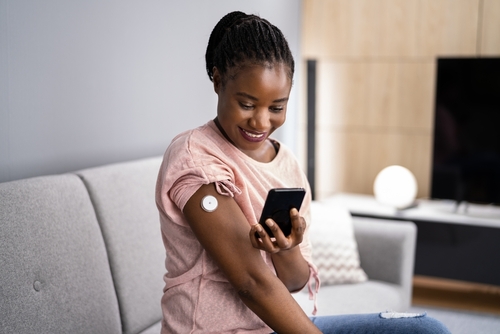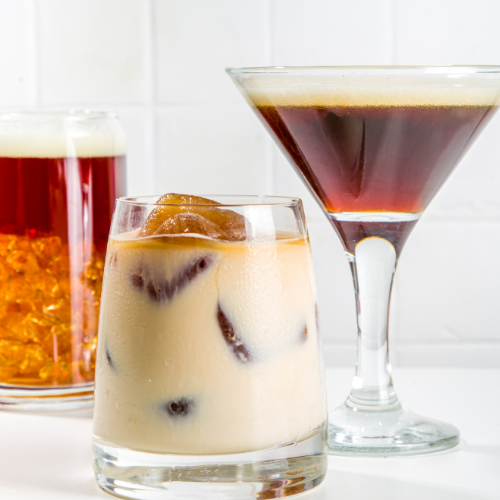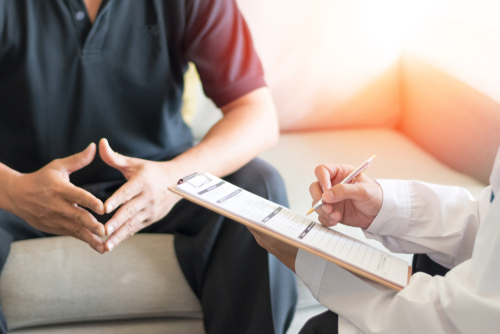
Managing the risk of hypoglycaemia with alcohol
The most significant risk if you’re drinking and you have diabetes is hypoglycaemia. Alcohol interferes with the liver’s usual ability to process and release glucose as the liver is busy breaking down the alcohol.
Click on each image to find out more about how you can prevent a hypo when drinking and what to do in case you have one:

Hypos can be mistaken for drunkenness - so carry ID, inform friends and carry treatment for hypos or have access to foods.

Check your glucose levels regularly

Evening drinking can increase risk of hypos before lunch the next day so you may benefit from reducing your breakfast insulin dose.

If you have been drinking in the evening and have been more active, think about taking more carbohydrate such as a snack before going to bed.

If you’ve had a bit too much there's a risk that you won’t recognise your hypo symptoms or be able to treat it in time. Have some diabetes ID and make sure friends know when to seek medical help for you.

Read
Read
Very informative course I have learnt many things and refreshed my knowledge on other areas.
The information regarding drinking and adjusting insulin levels was very helpful.
Have kinda stopped drinking as I was a Guinness and JD man which obviously don’t help! Now might have a vodka tonic on a very special occasion but generally I won’t go to pub as don’t drink fizzy drinks and don’t want fruit juices! 😔
Alcohol increases BG levels initially but when processed by the body can then reduce BG significantly leading to Hypos. Alcohol can give a ‘fake’ reading so i would always try to be aware for my BG level before i have an alcoholic drink like larger or beer in particular, and counter act any potential risk of hypo with a light carb snack before bed. A drink with a higher sugar or carbohydrate content from the hops or barley used to make it like larger or beer generally causes greater risk. I find ‘cleaner’ alcoholic drinks like a gin and tonic don’t affect my BG levels hardly at all.
Honestly had no idea alcohol increased risk of hypo’s
Very informative
never thought of reducing morning insulin
I will have a better idea now if I am going out and drink alcohol, very informative.